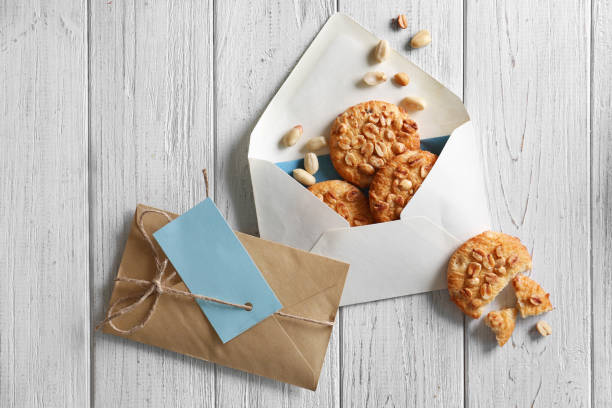
Food, glorious food! It’s popular to both give and receive, which makes food big for business. Naturally, if your ecommerce store ships food with USPS, there are some rules, regulations, and general best practices you’ll want to keep in mind when shipping perishable items. Here’s a menu of what to watch for.
Specifics about food items
- Meat and meat products. As long as these items conform to USDA regulations, they’re OK to ship.
- Fresh fruits and vegetables. If you ship produce, be sure it’s in “dry” condition – meaning free of wetness or condensation – to prevent spoilage in transit. A moist or we box may be deemed as unmailable by the USPS.
- Cookies: If you are shipping cookies, consider placing wax paper in between layers to avoid ingredients such as chocolate from melting into the entire shipment.
Packing tips
- Insulate your shipment. Styrofoam boxes come in a variety of sizes and often include features like self-seal strips. Insulated liners let you tightly wrap products, while insulated pads provide cooling minus the extra materials.
- Keep cool. Commercially available gel-coolant ice packs are available in many sizes and thicknesses, come in one-time and multiple-use options, and are almost always easier to manage than ice. Dry ice adds an extra measure of climate control, but requires careful handling. Keep in mind that packages containing dry ice must be packed in containers that permit the release of carbon dioxide gas.
- Filler is your friend. Surround the containers holding food items with plenty of packing peanuts or other filler to keep them from touching each other, as well as to protect them in transit.
- Mark it. If you want your fragile food to be handled with extra care, be sure to mark the package clearly with the word “FRAGILE”
Shipping policies
- International rules are more strict. Domestic and international rules vary drastically. If you are shipping internationally there are many food and refrigerating items that may not be sent. These items include fresh fruit, fresh vegetables, and dry ice.
- Your mail class matters. Investigate your options for USPS shipping options, paying close attention to if the mail class offers guaranteed delivery or not. Consider, too, whether your food item and method of packing may lend itself to a longer, and therefore cheaper, shipping option.
- Price accordingly. Lay out the special handling required to get perishables to their destination safely, and your customers will likely be willing to pay extra for your care.
- Watch the weather. Shipping your perishable product in December will likely be different than shipping it in July due to the probability packages will spend long hours in hot trucks or doorsteps. Your website can outline how the time of year may affect your shipping methods and pricing.
- Request feedback. Stay in touch with your customers to find out the condition in which they received their perishable items. Their comments can help you set or adjust your shipping policies.



